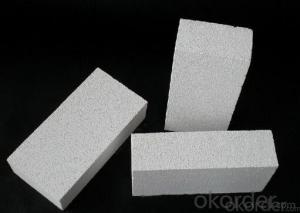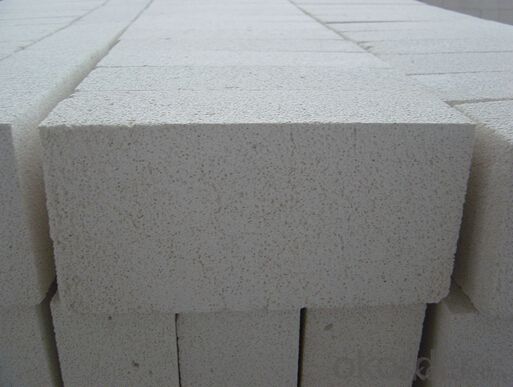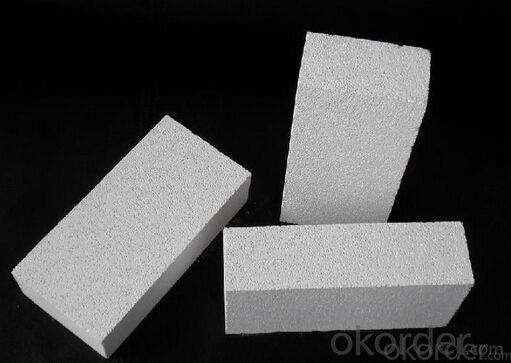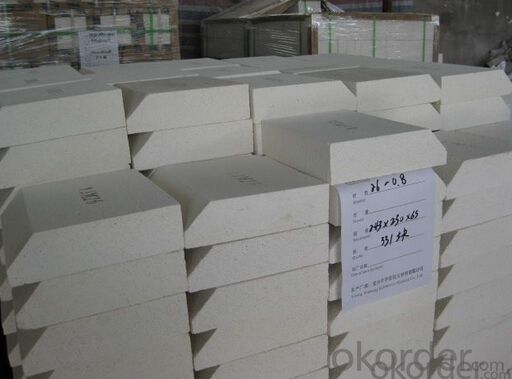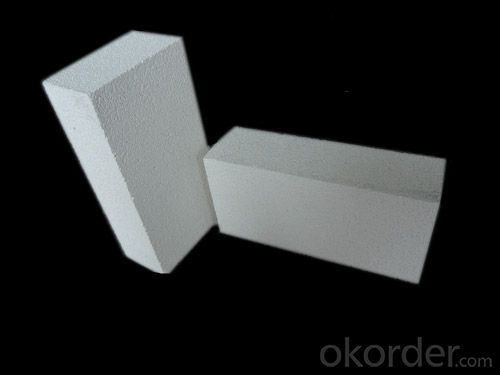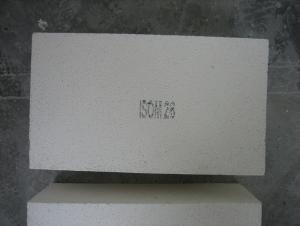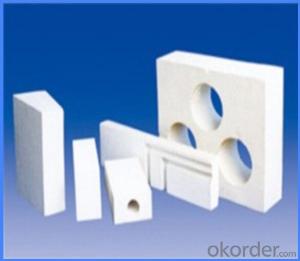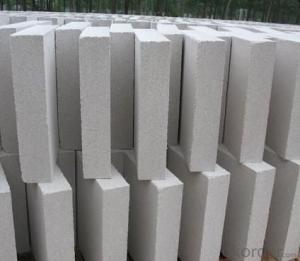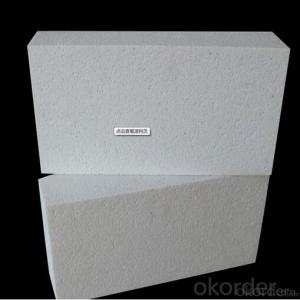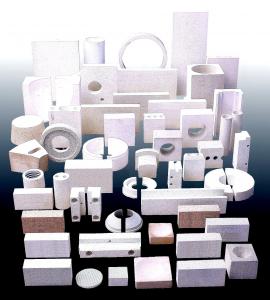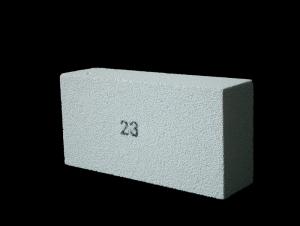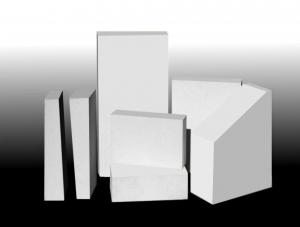Insulating Fire Brick - Refractory Mullite Jm 26
- Loading Port:
- Shanghai
- Payment Terms:
- TT OR LC
- Min Order Qty:
- 5000 kg
- Supply Capability:
- 100000 kg/month
OKorder Service Pledge
OKorder Financial Service
You Might Also Like
Top insulation ceramic fiber blanket
General information of ceramic fiber blanket
Cmax ceramic fiber blanket is made of high quality kaolin clay, centrifugal high purity alumina and silica or blowing process. It's no asbestos. Double side acupuncture for easy installation provides a lot of tension or strength of the blanket.
Products are divided into standard, high pressure, HA and Hz, respectively, corresponding to the highest service temperature of 1000, 1100, 1200, and 1350
Characteristics of ceramic fiber blanket
Heat resistance
Light weight
Low thermal conductivity
Low heat storage
Thermal shock toughness
High tensile strength
Application of ceramic fiber blanket
Refractory fiber lining for petrochemical process heating furnace
Heat treatment furnace or intermittent (shuttle) kiln heat surface lining
General oven standby insulation
Heat sealing or kiln kiln car door
Electrical insulation
Ceramic fiber blanket
Common problem solutions
1. What products do you have?
We have all kinds of refractory bricks, refractory casting materials, mortar, cement, ceramic fiber products, etc..
Or you can browse our products to choose what you need.
2. How to control product quality?
With strict quality control system throughout the material selection and production process, we have the quality of refractory materials and ceramic fiber products to meet customer requirements.
From the selection of raw materials, the quality of our control to start. The quality certificate of the raw material is required, each batch of the products are to be tested in the use of the forward line. In the production process, the quality control by the workers, and then each piece of classification, and through the quality supervision and inspection.
3. Can you give me a brief introduction to the application of your product?
My company is mainly engaged in refractories in the steel, cement, glass, ceramics, petrochemical, electric power and other industries.
4. What information do you need if I need you?
In order to select the right products, we will provide us with information, such as the United States, technical data, order quantity, product application, etc..
If you have any questions, please contact us.
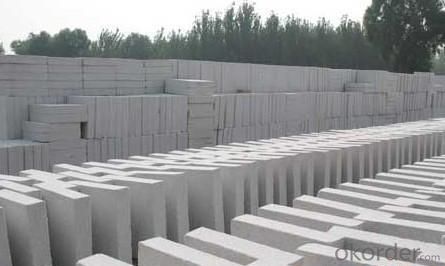
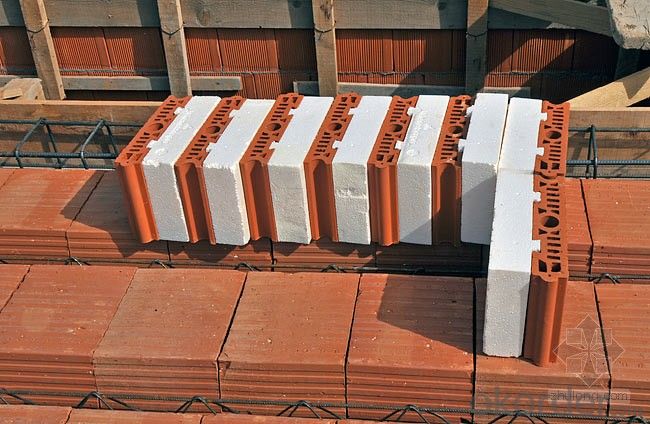
FAQ
1. Which products do you have?
We have all kinds of refractory brick, castable, mortar, cement, ceramic fiber products, etc.
Or you could browse our products to choose what you need.
2. How do you control the products quality?
With strict quality control system throughout the materials selection and production process, our refractory and ceramic fiber products quality is effectively controlled to meet customer requirements.
From the raw materials selecting, our quality control begin. The quality certificates of raw materials are required and each batch will be tested before using. During production, the quality control are conducted by workers and then each piece will be sorted and examined by quality supervise.
3. Can you give me a brief introduction of the application of your products?
We are mainly specializing in the refractory materials in iron and steel, cement, glass, ceramics, petrochemical, electric power Industry, etc.
4. If I need your offer, what information do you need?
In order to choose suitable products, it will be appreciated to provide us the information, such us specification, technical data, order quantity, products application etc.
If any question, please contact us freely.
- Q: Are insulating fire bricks resistant to insect infestation?
- No, insulating fire bricks are not resistant to insect infestation.
- Q: Can insulating fire bricks be used for insulation in cement kilns?
- Insulation in cement kilns can be achieved by using insulating fire bricks. These bricks are made from lightweight materials like ceramic fibers or expanded clay, which possess high insulation properties. Their low thermal conductivity allows them to effectively reduce heat transfer and retain heat within the kiln. Cement kilns operate at extremely high temperatures, often surpassing 1,400 degrees Celsius (2,500 degrees Fahrenheit). Incorporating insulating fire bricks in the kiln helps prevent heat loss, enhances energy efficiency, and reduces fuel consumption. By creating a barrier between the hot gases inside the kiln and the surrounding environment, these bricks minimize heat escape. Additionally, insulating fire bricks exhibit remarkable resistance to thermal shocks, enabling them to withstand the severe temperature fluctuations that occur in cement kilns. This durability ensures long-lasting insulation, minimizing the need for frequent maintenance and replacement. Nevertheless, it is crucial to note that the specific type and composition of insulating fire bricks required for cement kiln insulation may vary depending on factors such as the kiln's design and operating conditions. Consulting with experts or manufacturers specializing in refractory materials is advisable to ensure the correct selection and installation of insulating fire bricks for cement kiln insulation.
- Q: Can insulating fire bricks be used in the construction of gas kilns?
- Indeed, it is possible to utilize insulating fire bricks in the construction of gas kilns. These bricks are specifically designed to possess low thermal conductivity, enabling them to retain heat effectively and enhance the kiln's energy efficiency. To guarantee the even distribution and maintenance of heat within the kiln chamber, proper insulation is necessary for gas kilns. By employing insulating fire bricks to line the walls, floor, and ceiling of the kiln, a barrier is created that aids in the prevention of heat loss and ultimately improves the kiln's overall performance. Furthermore, due to their lightweight nature and ease of handling, insulating fire bricks have become a favored choice for kiln construction projects.
- Q: Can insulating fire bricks be used in the construction of smelting crucibles?
- Yes, insulating fire bricks can be used in the construction of smelting crucibles. The high heat resistance and insulating properties of these bricks make them suitable for withstanding the extreme temperatures required in the smelting process.
- Q: Can insulating fire bricks be used for insulation in petrochemical plants?
- Insulating fire bricks have multiple applications, one of which is their use in petrochemical plants for insulation purposes. These bricks possess exceptional thermal properties, characterized by their low thermal conductivity and high resistance to heat transfer. These remarkable features render them suitable for deployment in high-temperature environments, such as petrochemical plants. In such settings, insulation plays a critical role in preventing heat loss and maintaining optimal operational conditions. Moreover, these bricks are not only lightweight but also possess robust mechanical strength. This facilitates their easy installation and ensures durability in industrial settings. Additionally, their resistance to chemical corrosion is a crucial attribute for petrochemical plants that handle a wide range of corrosive substances. Consequently, insulating fire bricks effectively fulfill the insulation requirements, thereby enhancing energy efficiency and promoting safety in petrochemical plants.
- Q: Are insulating fire bricks suitable for use in high-temperature chimneys?
- Yes, insulating fire bricks are suitable for use in high-temperature chimneys. These bricks are specifically designed to withstand extreme temperatures and provide excellent insulation properties. They have a high melting point and low thermal conductivity, which allows them to effectively retain heat and prevent it from escaping through the chimney walls. This helps in maintaining a high temperature inside the chimney, which is crucial for efficient combustion and proper functioning of the chimney. Additionally, insulating fire bricks are lightweight and durable, making them an ideal choice for constructing chimneys that are exposed to high temperatures.
- Q: Can insulating fire bricks be used in the construction of smelting furnaces?
- Yes, insulating fire bricks can be used in the construction of smelting furnaces. These bricks are designed to withstand high temperatures and provide excellent insulation, making them suitable for smelting furnaces where heat retention is crucial. They help to minimize heat loss and maintain the desired temperature within the furnace, thus improving energy efficiency and overall performance.
- Q: Are insulating fire bricks suitable for use in the construction of smelters?
- Yes, insulating fire bricks are suitable for use in the construction of smelters. Insulating fire bricks are designed to withstand high temperatures and provide excellent insulation properties, making them ideal for applications such as smelters. They have low thermal conductivity, meaning they can effectively retain heat and reduce energy loss during the smelting process. Additionally, insulating fire bricks are resistant to thermal shock, which is crucial in smelting operations where rapid temperature changes are common. Their high heat resistance and insulation capabilities make insulating fire bricks a reliable choice for constructing smelters.
- Q: How do insulating fire bricks affect the overall moisture control of a structure?
- Insulating fire bricks can help improve the moisture control of a structure by reducing the transfer of moisture through walls. These bricks have low thermal conductivity and high resistance to moisture, preventing the penetration of water vapor and minimizing condensation issues. As a result, insulating fire bricks can contribute to a more balanced and controlled indoor environment, reducing the risk of mold, mildew, and structural damage caused by excessive moisture.
- Q: Can insulating fire bricks be used in lime plants?
- Yes, insulating fire bricks can be used in lime plants. Insulating fire bricks are specially designed to have low thermal conductivity, which means they are excellent at preventing heat transfer. In lime plants, where high temperatures are required for the calcination process, insulating fire bricks can be used to line the kilns and other high-temperature areas. These bricks help to retain the heat within the lime kilns, reducing energy loss and improving overall efficiency. Additionally, insulating fire bricks are resistant to chemical attacks and can withstand the harsh conditions in lime plants, making them a suitable choice for this application.
Send your message to us
Insulating Fire Brick - Refractory Mullite Jm 26
- Loading Port:
- Shanghai
- Payment Terms:
- TT OR LC
- Min Order Qty:
- 5000 kg
- Supply Capability:
- 100000 kg/month
OKorder Service Pledge
OKorder Financial Service
Similar products
Hot products
Hot Searches
Related keywords

